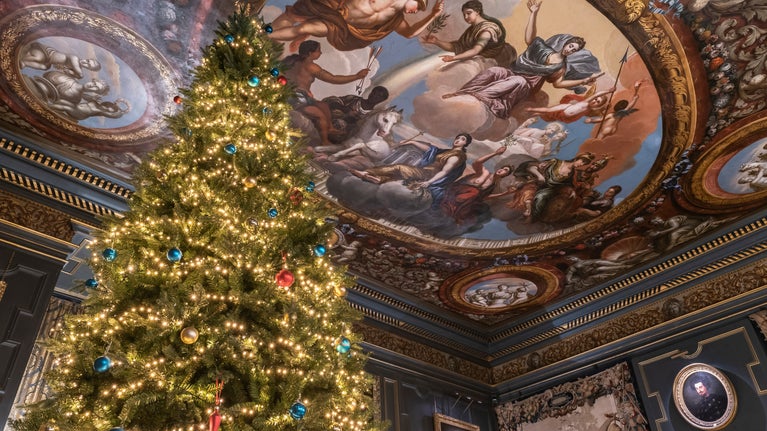
Immerse yourself in history
Meet people from the centuries gone by, learn about the unique artworks in our care and understand more about historic traditions.

In Classical mythology, heroes were often – though not exclusively – the descendants of gods. These heroic men usually fulfilled a great task, elevating them from the realm of mere mortals. The Italian Classical Renaissance rediscovered the artistic appeal of such mythological figures, and this movement widely influenced British art and architecture from the sixteenth century onwards. Read more about the history of Classical heroes and how they feature at National Trust places.
The archaic Greek poet Hesiod described five ages of men: Gold, Silver, Bronze, Heroic and, finally, Iron – the poet’s own age, in which men have been forsaken by the gods.
According to Hesiod, the Classical heroes were therefore separated from contemporary man by an age of experience, in which glorious achievements brought these heroes closer to the divine. One of the most famous examples of a Classical hero to this day is Hercules.
Hercules was the son of Zeus, king of the gods, and a mortal woman named Alcmene. Because of Zeus’ infidelity, his wife Hera despised the boy and often tried to kill him, though Hercules’ divine parentage had gifted him with exceptional strength.
When he was an adult, Hera drove Hercules mad, causing him to slaughter his wife and children. Consumed with grief and seeking atonement, Hercules performed 12 gruelling labours for the king of Tiryns, Eurystheus.
These labours included killing the hydra (a many-headed serpent, which grew two new heads for every one cut off), and another during which he held the weight of the skies on his shoulders. After he had completed these labours, Hercules was freed from his atonement, and carried out many more amazing feats of strength and bravery. He lived on in the ancient world as a symbol of heroic achievement.
Many more heroes existed in the Classical world, such as Perseus, who slayed the gorgon Medusa (a snake-haired monster who turned people to stone with a single glance), and Theseus, who slayed the Minotaur (a carnivorous half-man, half-bull trapped inside a labyrinth).
The feats of heroes featured prominently in ancient Greek and Roman art and architecture, particularly in religious temples. These heroes were well known to their ancient audience, and the presence of popular mythological heroes made ancient art impressive and exciting. The feats of heroes were closer to the abilities of the gods than mortals, but the knowledge of their achievements was common to all.
The Italian Renaissance made Classical art and literature popular in Britain throughout the sixteenth and seventeenth centuries. The study of the ancient world became a symbol of education and intelligence – even Shakespeare was criticised for not knowing enough Latin and Greek. Classical references began to be incorporated into architectural, landscape and decorative schemes, a trend which continues to this day.
This article contains contributions from Helena Nicholson, a Classics Masters student at the University of Oxford. Helena is a contributor to the Trusted Source project.

Meet people from the centuries gone by, learn about the unique artworks in our care and understand more about historic traditions.
Find out more about our Trusted Source articles, which were created in partnership with the University of Oxford, and explore topics related to the special places in our care.

Learn how the Romantic movement, led by poets and artists such as Byron and J.M.W. Turner, broke with the Enlightenment’s teachings to celebrate imagination and emotional sensitivity.

Explore a selection from more than half a million books and manuscripts in the collections we care for. Libraries Curator Tim Pye takes a closer look at some of the most significant works.
